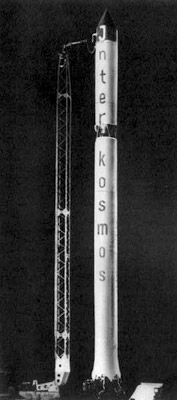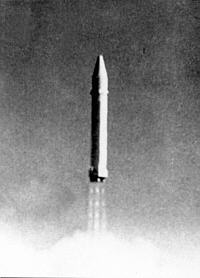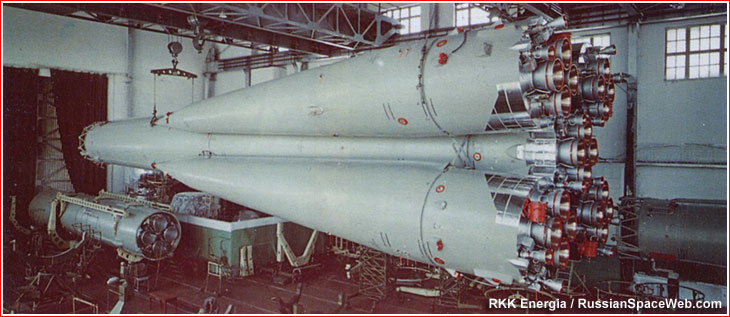Previous Spaceflight Launches
Filter by Agency, Locations or Vehicles
Show All LaunchesAtlas SLV-3 Agena D | ATS 2
Convair | United States of AmericaCape Canaveral SFS, FL, USA
April 6, 1967, 3:23 a.m.
Status: Launch Successful
Mission:
ATS 2 (Applications Technology Satellite) was a medium altitude, gravity-gradient-stabilized spacecraft designed to test new concepts in spacecraft design, propulsion, and stabilization, take high-quality cloudcover pictures, provide in situ measurements of the aerospace environment, and test improved communication systems.
Medium Earth OrbitVostok 8A92 | Zenit-2 48
RKK Energiya | RussiaPlesetsk Cosmodrome, Russian Federation
April 4, 1967, 2 p.m.
Thor SLV-2A Agena D | KH-4A 40
McDonnell Douglas | United States of AmericaVandenberg SFB, CA, USA
March 30, 1967, 6:54 p.m.
Kosmos 11K63 | DS-P1-Yu 7
Strategic Rocket Forces | RussiaPlesetsk Cosmodrome, Russian Federation
March 25, 1967, 6:59 a.m.
Kosmos 11K65 | Strela-2 3
Strategic Rocket Forces | RussiaBaikonur Cosmodrome, Republic of Kazakhstan
March 24, 1967, 11:50 a.m.
Thor Delta E1 | INTELSAT II F-3
McDonnell Douglas | United States of AmericaCape Canaveral SFS, FL, USA
March 23, 1967, 1:30 a.m.
R-36O 8K69 | OGCh 8
Yuzhnoye Design Bureau | UkraineBaikonur Cosmodrome, Republic of Kazakhstan
March 22, 1967, 2:05 p.m.
Voskhod | Zenit-4 27
Soviet Space Program | RussiaPlesetsk Cosmodrome, Russian Federation
March 22, 1967, 12:44 p.m.
Kosmos 11K63 | DS-MO 1
Strategic Rocket Forces | RussiaKapustin Yar, Russian Federation
March 21, 1967, 10:07 a.m.
Kosmos 11K63 | DS-P1-I 2
Strategic Rocket Forces | RussiaPlesetsk Cosmodrome, Russian Federation
March 16, 1967, 5:30 p.m.







